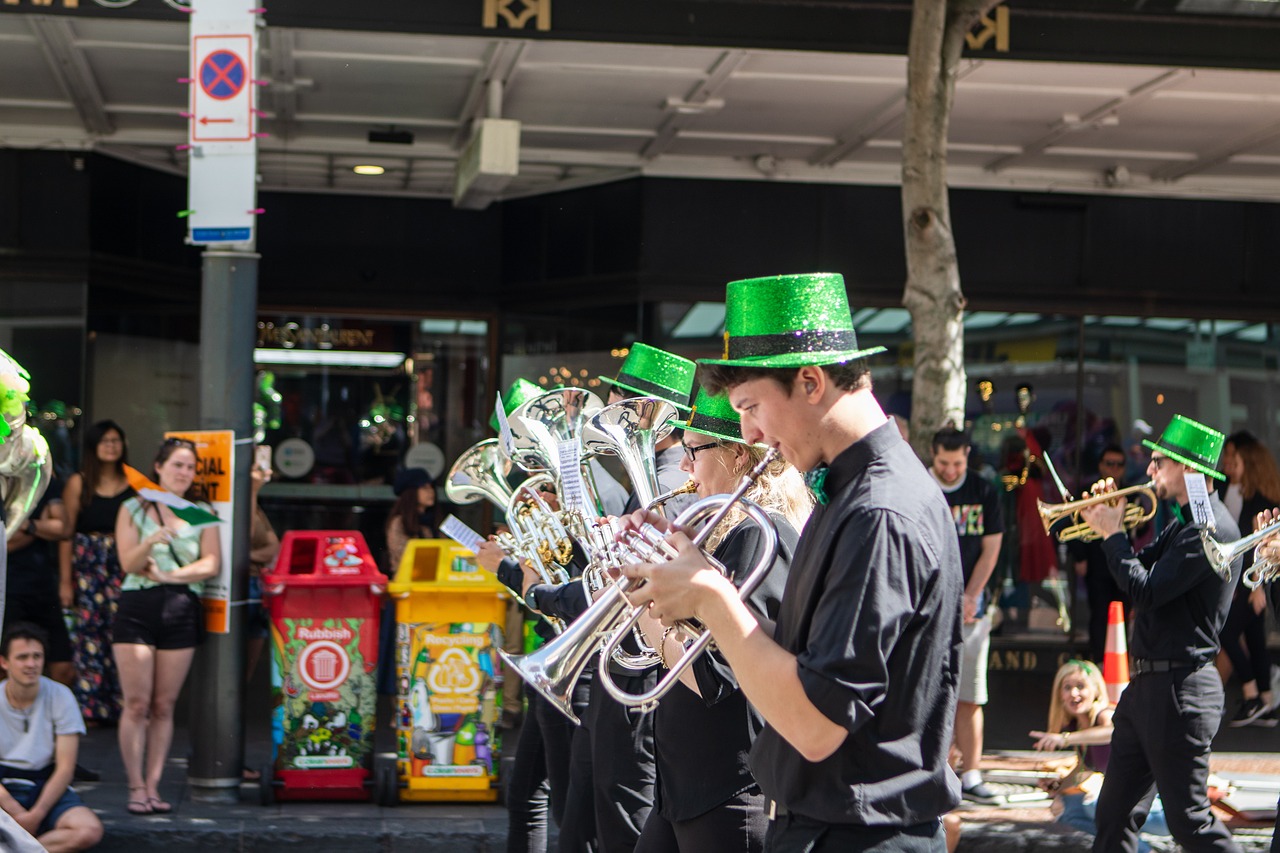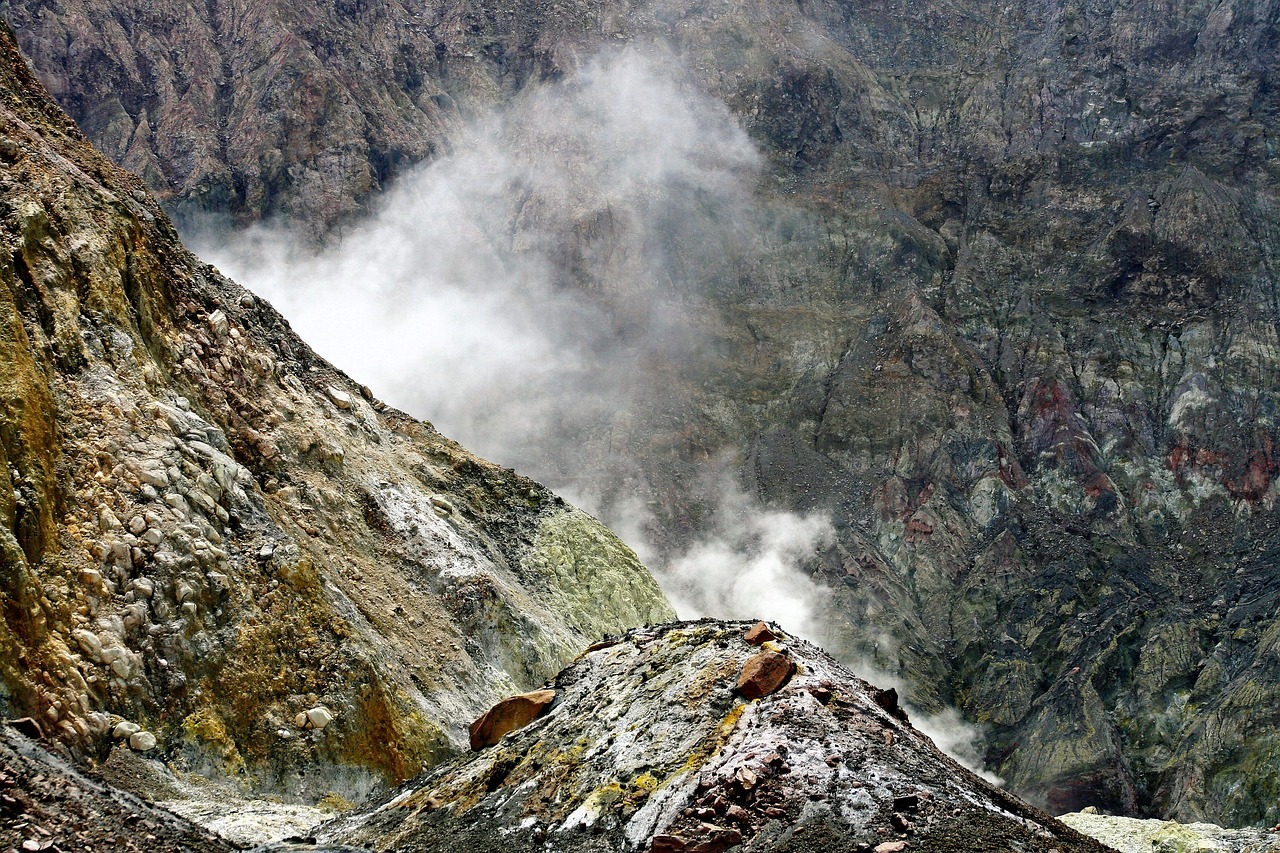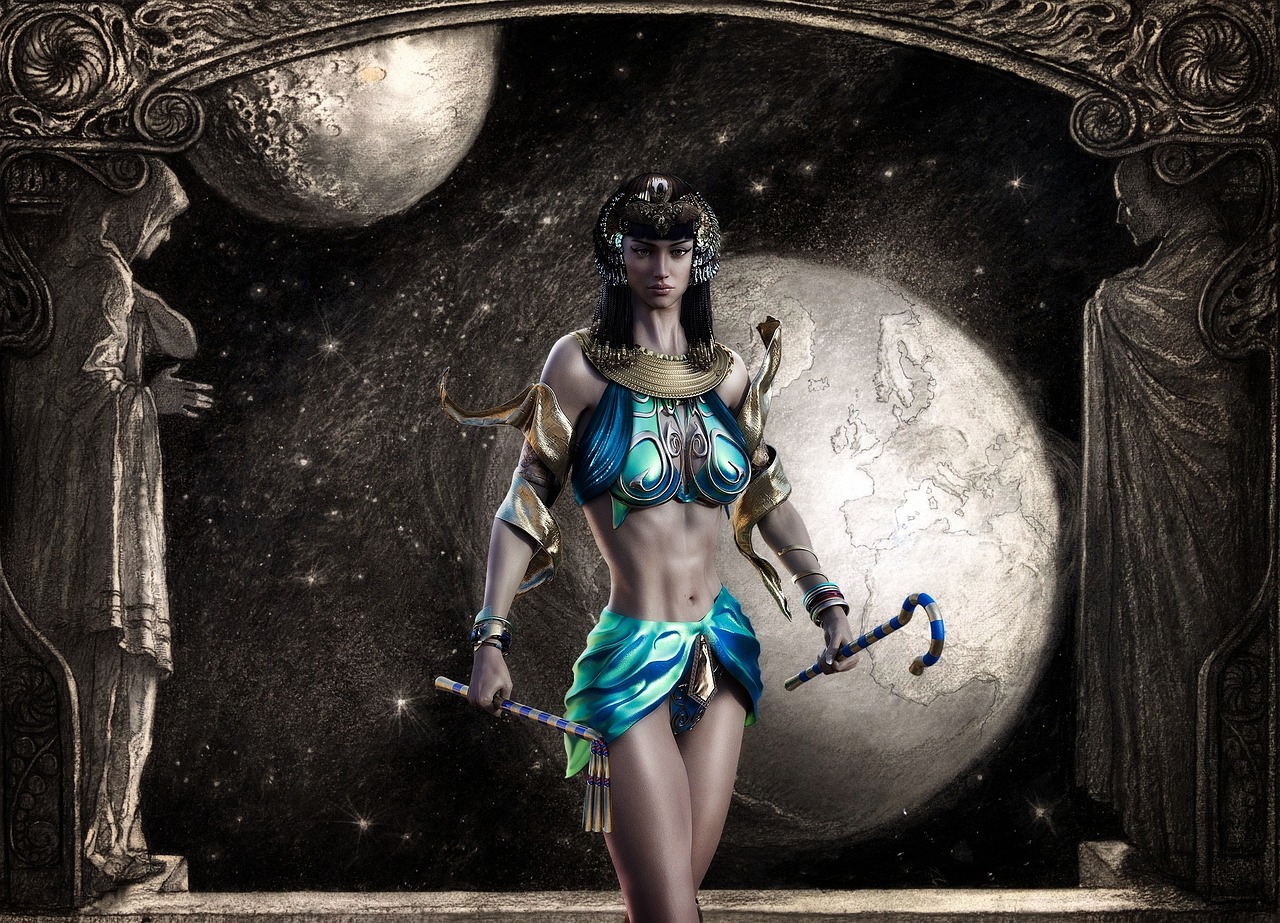Mythology
-
Understanding and Honoring Goddess Brigid through Imbolc Rituals and Altars As the first day of February approaches, it heralds the celebration of Imbolc, an ancient Celtic festival also referred to as Imbolg or Saint Brigid’s Day. This festival, translating to “in the belly,” signifies the midpoint between the winter season and the onset of spring.…
-

Athena, also known as Athene, was a distinguished Olympian goddess revered for her wisdom, strategic warfare, protection of cities, valor in heroic endeavors, and mastery of various crafts, including weaving and pottery. Artistic representations typically depict her as a dignified figure, adorned in a long robe and armed with a shield and spear, often accompanied…
-

Lir, a prominent figure in both Irish and Welsh mythology, is revered as the deity of the sea. His presence is particularly noted among the Tuatha De Danaan, an ancient race of deities that reigned over Ireland long before the advent of human civilization. The most renowned story featuring Lir is the “Children of Lir,”…
-

Ireland, an island steeped in history and folklore, captivates its visitors with tales passed down through generations. Much of this rich lore is conveyed through oral narratives, linking stories to the very landscapes that inspired them. The Legend of the Children of Lir One of the most poignant stories is that of the Children of…
-

Hercules: The Mortal Hero with a Divine Heritage Hercules, though not a god, emerged as a figure of incredible significance within mythology, stemming from a complex lineage. His father was Zeus, the king of the gods residing atop Mount Olympus, while his mother, Alcmene, was a descendant of the famed hero Perseus, known for slaying…
-

Hades: The God of the Underworld Hades, often referred to as Haides, stands as the ruling deity of the underworld, overseeing both the realm of the deceased and the riches hidden within the earth. This includes everything from the fertile soil vital for agricultural growth to the precious metals mined from the depths below. He…
-

Understanding Goibniu: The Smith God of the Celts Often referred to as Gaibhne, Goibniu is a prominent figure in Celtic mythology, his name translating to “Clever Smith.” His character’s lore is enriched with variations such as Gobaun Seer or Goban Saor, which means “Goban the Builder,” and Gavida Mac Samhthiann. In the mythological narratives surrounding…
-

Have you ever explored the captivating myth of Theseus and the Minotaur? This ancient tale has intrigued audiences for generations and possibly influenced various mythologies across cultures. At its core, it is a compelling narrative of bravery, love, and the resilience of the human spirit. This classic Greek legend narrates the adventures of Theseus, a…
-

Ancient Egyptian religion represents the indigenous spiritual practices of ancient Egypt, spanning from the predynastic era in the 4th millennium BCE to the decline of traditional religious culture in the early centuries CE. While it’s essential to consider the historical context and significant events, an understanding of Egyptian religion can be approached through its deeply…
-

The cultural heritage of the Roman Republic was significantly shaped by its Greek neighbors, particularly through their long-standing presence on the island of Sicily. From the 2nd to the 3rd centuries BCE, the influx of Greek culture, including art, literature, philosophy, and notably religion, transformed Roman society. Prior to this Hellenic influence, Romans had already…


